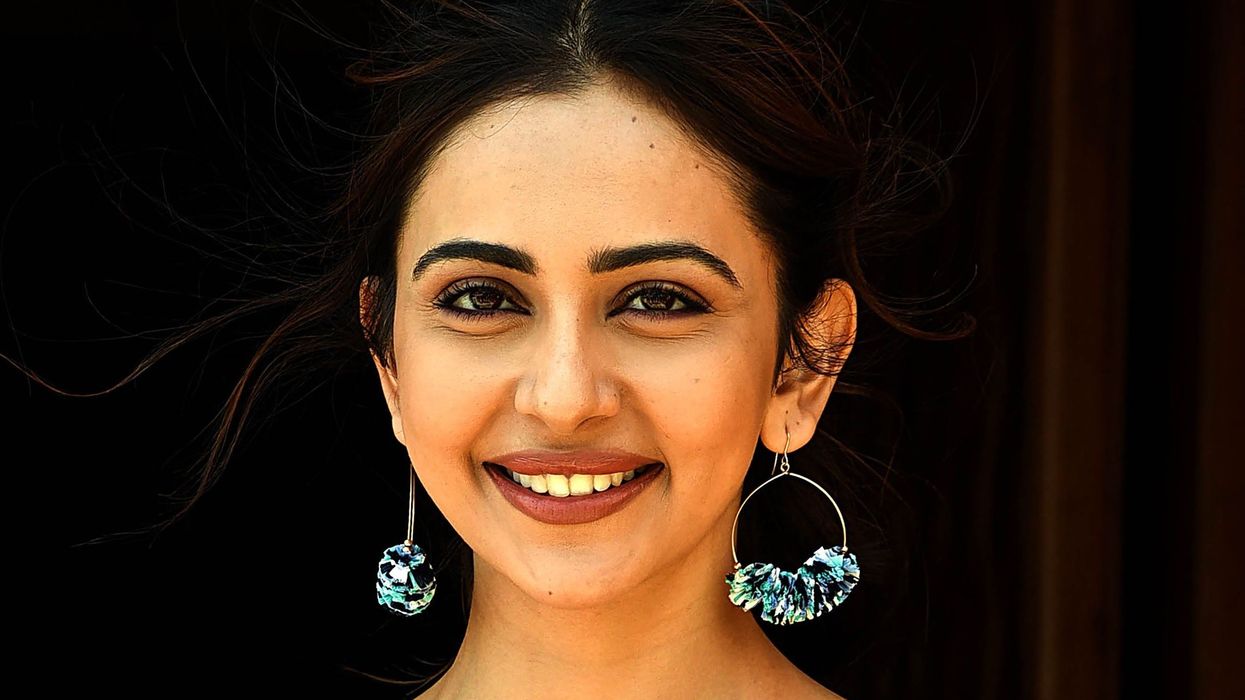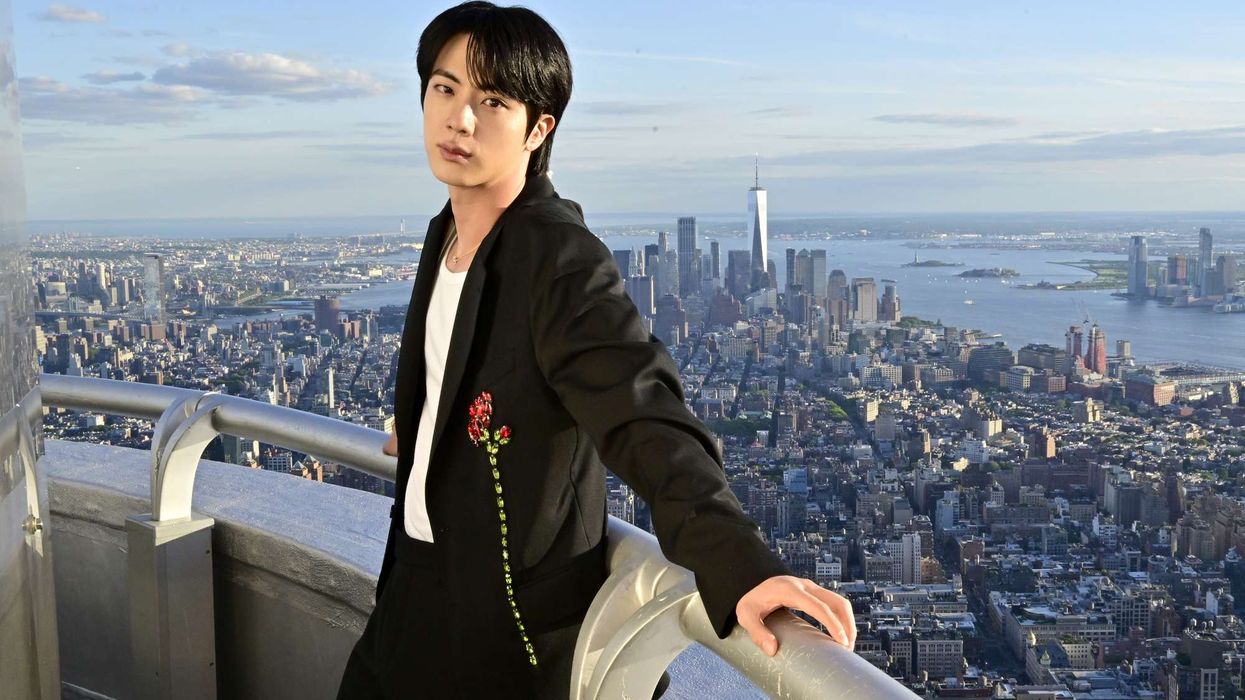There is no denying the fact that Rakul Preet has come a long way in her career. She has proved her versatility time and again by delivering a wide range of performances across industries. The actress has worked with some of the biggest superstars of Indian cinema, including Amitabh Bachchan, Ajay Devgan, Allu Arjun, Suriya, Ravi Teja, and Akshay Kumar amongst others.
As much as exciting these projects appear because of the star cast, they can certainly make a young actor feel pressured. But somehow, Rakul Preet has a different take on the same. In a recent conclave that she attended, while talking about her experience working with big stars, she said “There is no pressure in working with these prolific performers from the industry. I feel that we often take this for granted, that if there is any work, there should be pressure. When there is a lot of passion, when you worked so hard to do this specifically, you stood in lines for auditions, met several people”.
She further continued “Today, when I am in that moment and if I come under pressure, then either I don’t deserve to be there or there is something wrong. Because when you have that moment, you make the most of it.
Meanwhile, on the work front, the actress has several exciting projects in the line-up, including Indian 2 with Kamal Haasan and Sidharth.
Stay tuned to this space for more updates!













